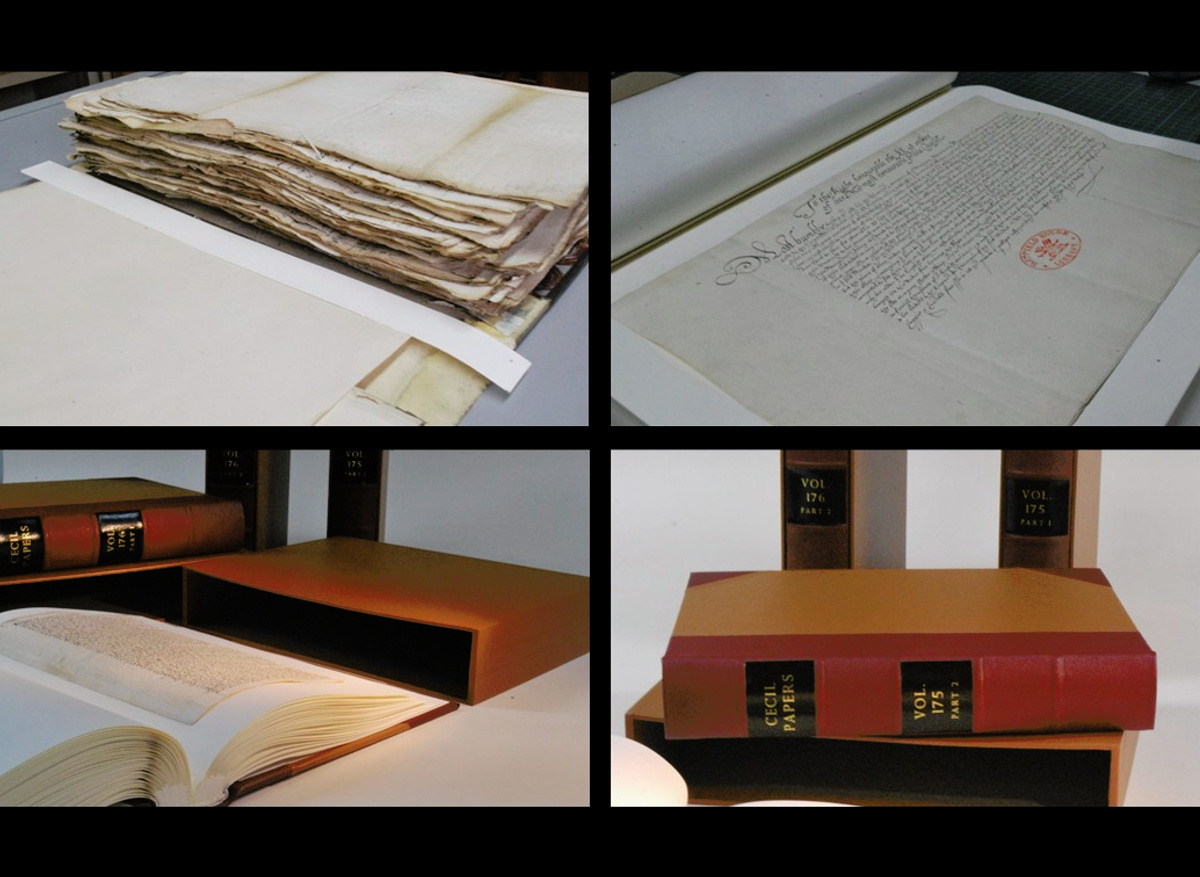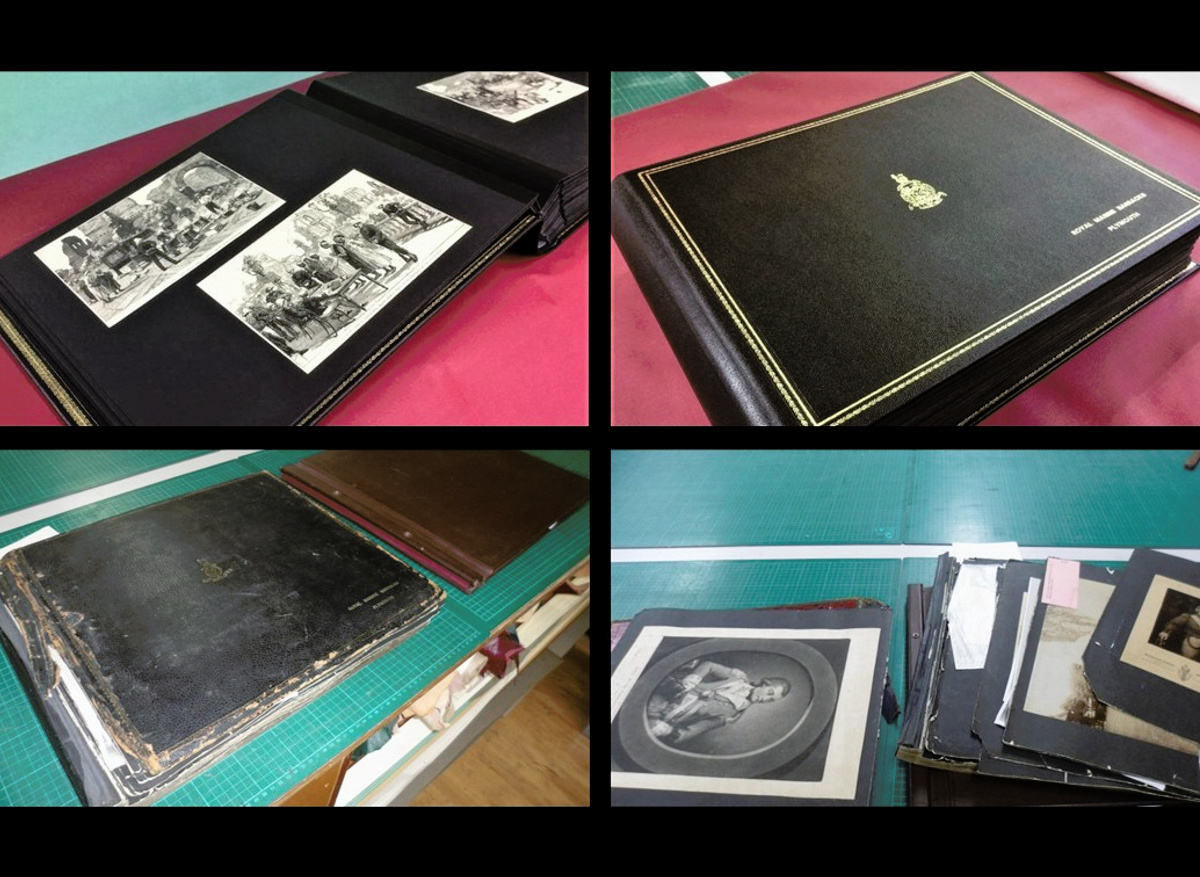I have had a keen interest in history since a very early age and was fortunate to go into a profession which has brought me into contact with material I would never otherwise have seen. Visiting Record Offices around the country has provided a fascinating insight into the varying types of material to be found in the different regions. It is always a source of great pleasure to take away a document which is too fragile for researchers to handle and to return it in a condition where it becomes available for general study.
Similarly when visiting some of the great houses to collect work, seeing rooms not generally available for public viewing has been a pleasure and a "private tour" is often full of fascinating detail.
For more than twenty years this has been a family business with my three sons all joining and learning the various skills I could pass on to them. They also spent time with conservators in local Record Offices and acquired further expertise in areas of particular interest to them.
Training
October 1970 - June 1973 - City and Guilds Course at Southampton Art College in Bookbinding and Advanced Craft Bookbinding - all examinations passed. Tutor was Mr D. Etherington, afterwards Head of Bookbinding at the Library of Congress, Washington, USA. Subjects included leather and vellum work, gold-leaf tooling and edge gilding.
October 1970 - June 1975 - In-house training in conservation at Southampton City Record Office under Mr G. Wilson (formerly of Public Record Office)
May 1975 - May 1975 - Course in Seal Conservation at the Public Record Office, Chancery Lane with Mr P. Bynge, Head of Seal Conservation Dept.
Work History
October 1970 - June 1975 - Assistant Conservation Officer at Southampton City Record Office
June 1975 - March 1981 - Senior Conservation Officer at Southampton City Record Office
April 1981 - June 1987 - Part-time lecturer in Bookbinding and Book Conservation at Southampton Art College (now Southampton Solent University).
March 1981 - Present - Freelance conservator of books and archives


